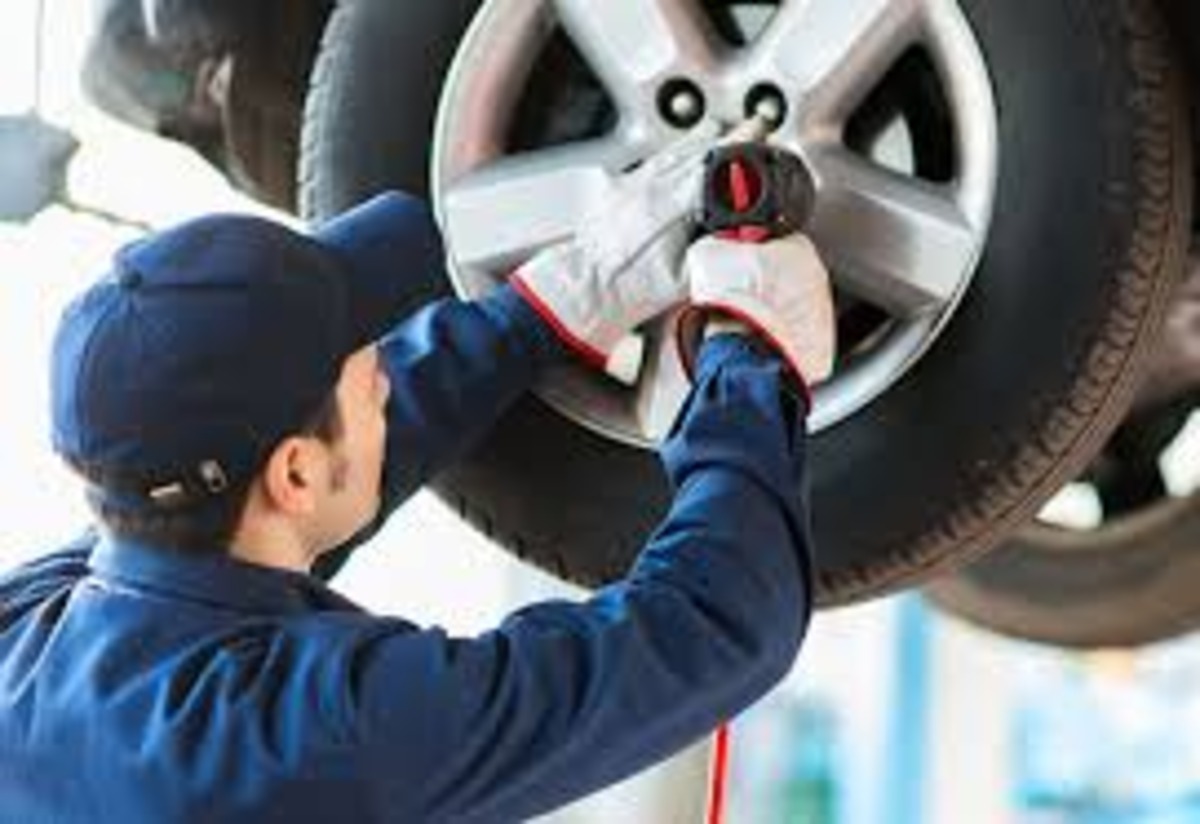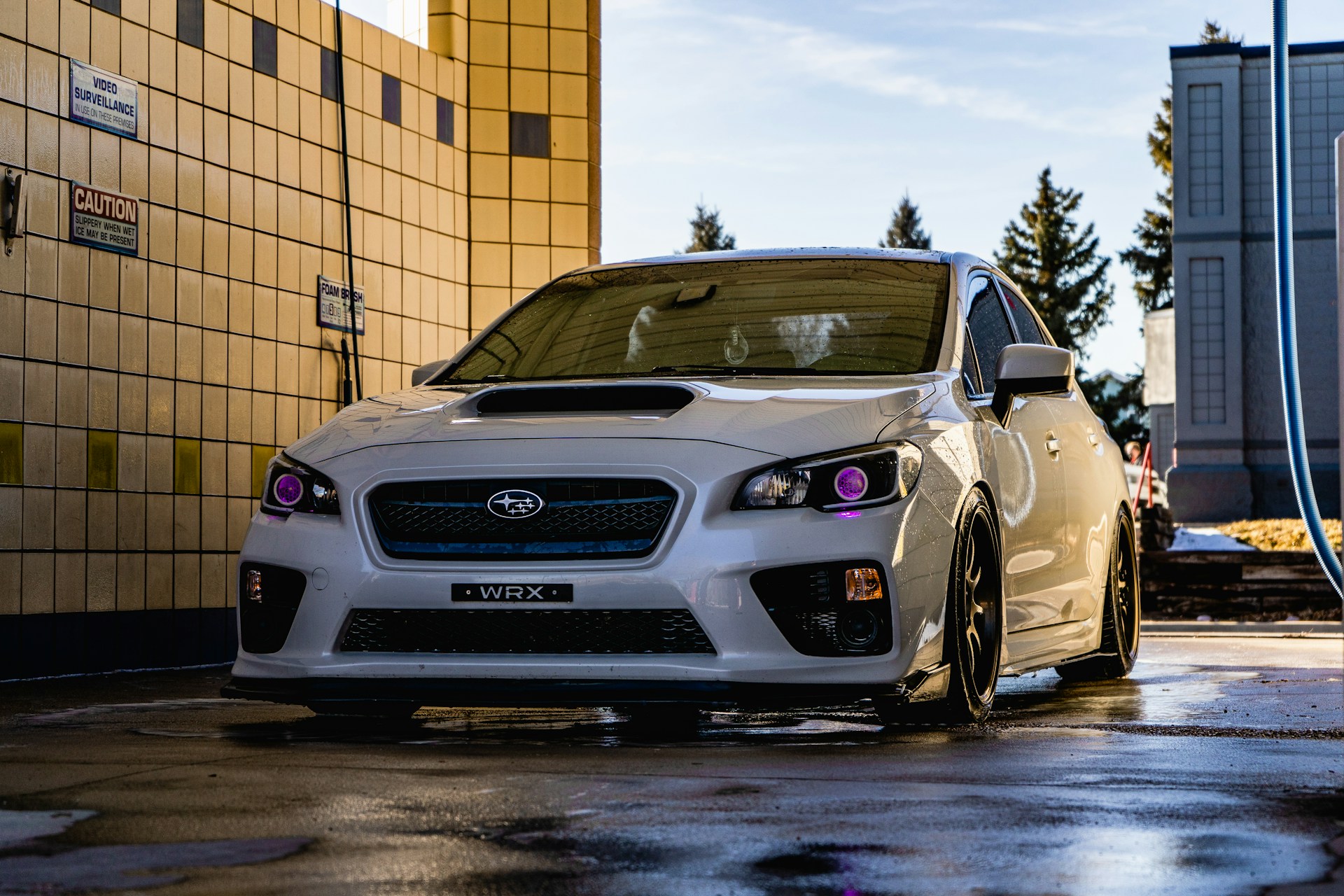Service Tire Monitoring System,Nobody likes driving with flat or under-inflated tires. It comes with a variety of risks, puts other drivers on the road at risk, and reduces control of your vehicle when you need it most. This is why knowing exactly when you need to perform tire maintenance is so important, which is why TPMS systems are widely used.
However, these systems are not without faults and sometimes they don’t work properly. The causes are varied, but most drivers are determined to solve the problem as soon as possible, especially when the low tire pressure light stays on and doesn’t go out. This article aims to help you do just that.Service Tire Monitoring System
What is a Service Tire Monitoring System?
Tire pressure monitoring systems (TPMS) warn you when a tire is low on air pressure. There are two main types of these systems, but regardless of the situation, they all work with the help of sensors installed inside the car. When they detect low air pressure, they alert the driver by illuminating a designated light on the dashboard.Service Tire Monitoring System
However, as we mentioned before, there are several types of systems and the low pressure detection process varies accordingly. In direct TPMS, a sensor is installed inside each tire and the system turns on a light when the pressure drops below 25%. But in the indirect case, the system works in conjunction with the ABS speed sensor to track the rotation of the tires. Low air pressure causes some tires to rotate slower than others, which is effectively recognized.Service Tire Monitoring System

Why does my tire pressure drop?
Loss of tire pressure can damage the tire tread and sidewall. This is especially true when driving on roads with sharp stones and debris that can puncture your tire. To keep your tires working properly, you need to check the pressure regularly and make sure the valve stem is not leaking.Service Tire Monitoring System
Pressure loss in tires can happen for a variety of reasons, including:
Leaking valve stem
Cracked or damaged skirt
Flat tire (low air pressure)
Damaged tire
Low tire pressure (LTP) sensor
What to do when the light is on?
There are a number of things you can do to solve the problem. These include:
Check your tire pressure. If the pressure is not right, you should inflate your tire immediately. But if that doesn’t solve the problem, the problem is within the system.Service Tire Monitoring System
Check the sensor for cracks or other damage. If it is damaged, it will need to be replaced before you drive again.Service Tire Monitoring SystemIf none of these solutions work, contact a mechanic. They will know what else could be causing this problem and will be able to help you solve the problem for good.
However, if none of the above options work, the only way is to reset the TPMS system.
Resetting the TPMS System
Tire pressure monitoring systems have been on the market for over a decade, and they warn drivers if there is a problem with their tires or wheels. However, if you see this warning light on your dashboard, there is no need to panic. It just lets you know that there may be a problem with your car that needs to be addressed, and it is usually not that serious.
If you are not very confident in your abilities, go to the nearest gas station or auto shop and have them check your tires for damage or punctures. If they find anything wrong, they will fix the problem quickly, but if it is an internal problem with the TPMS system, they will need to do a diagnosis and it will take time to repair.
However, you can also try to reset the system yourself. After all, it could be a minor software problem that can be solved. To do this, follow these simple steps:
Turn on the ignition, but do not start the engine.
Press and hold the “SET” button for about 10 seconds until all four tires are displayed on the instrument panel.
Press and release the “SET” button again to clear all four tires from the screen.
Summary
If you see the TPMS light on your dashboard, check your tires and make sure the pressure is correct. If everything is OK but the light is still on, use the guide in this article as you may need to do a quick reset of the whole system. But if nothing helps and the pressure is optimal but the problem persists, the only solution is to drive to a shop and have a qualified mechanic take a closer look at your TPMS system.










